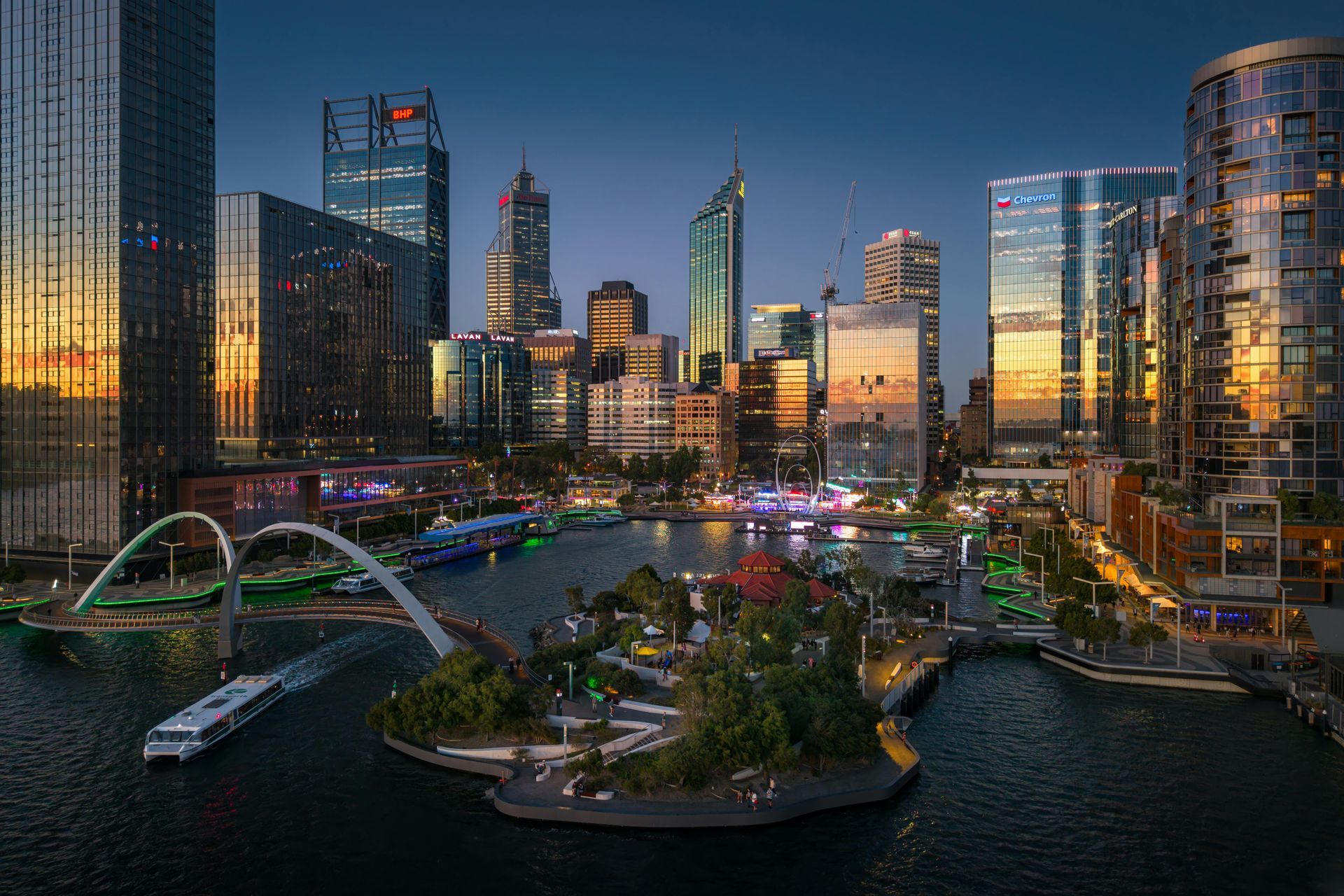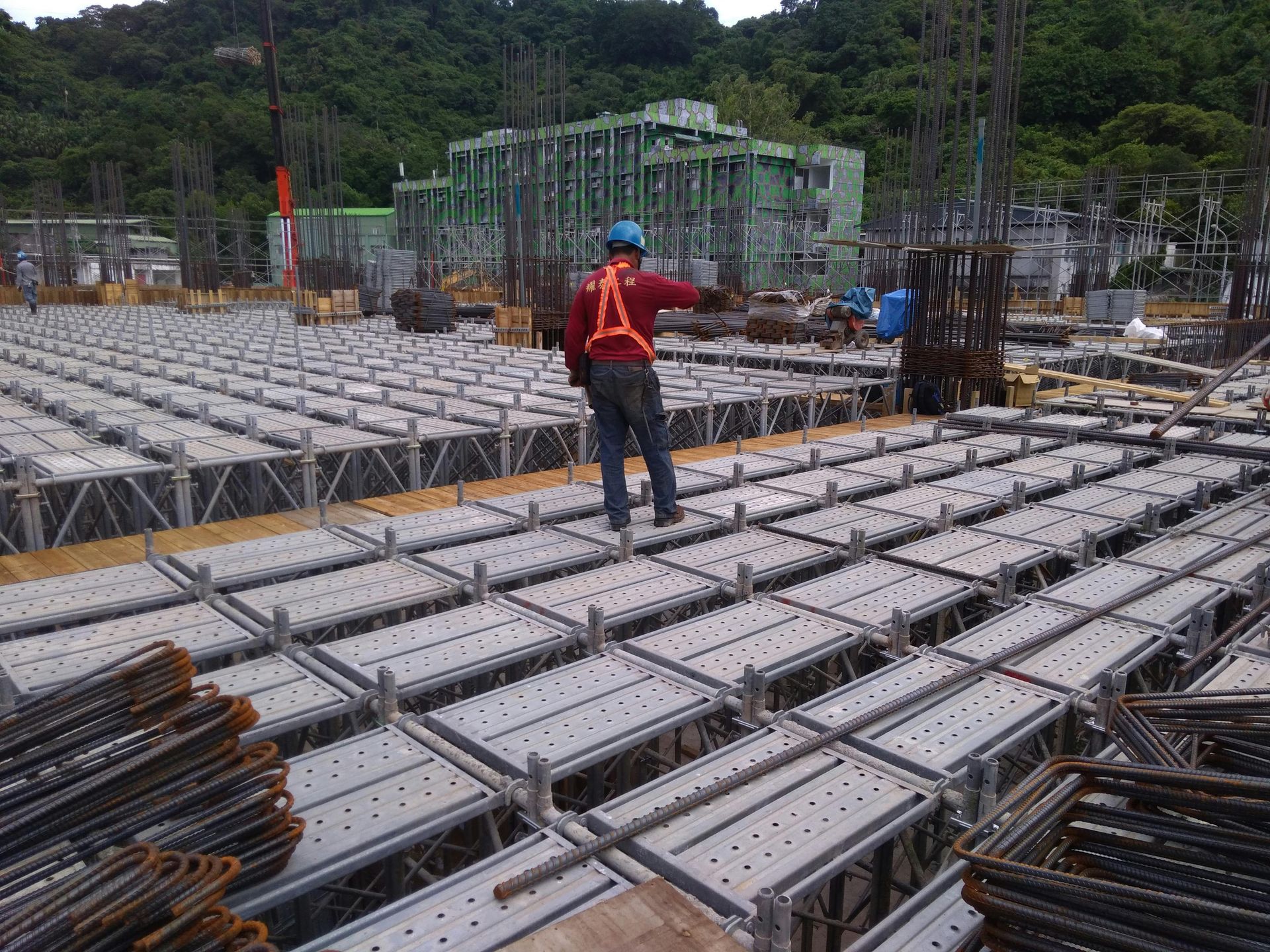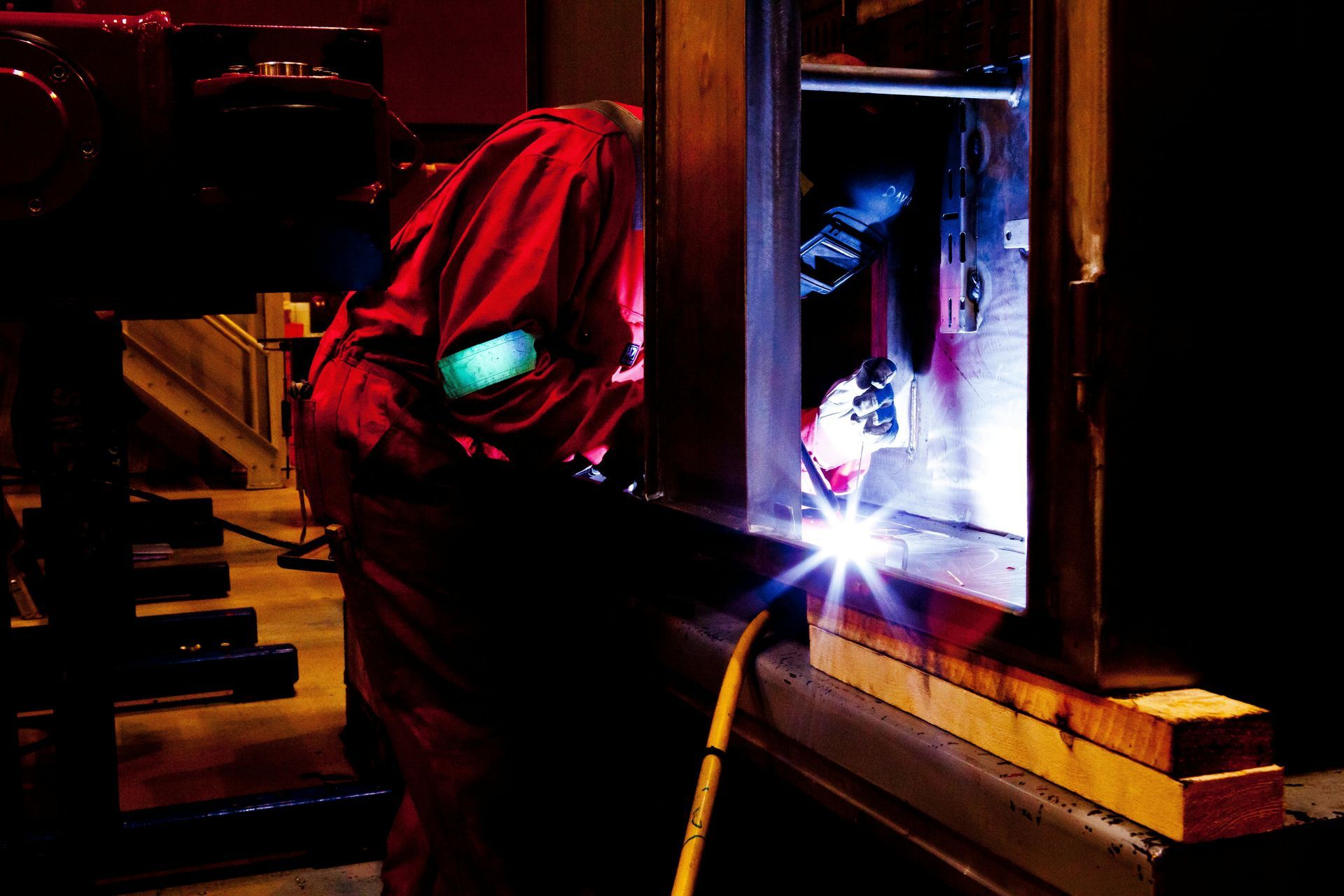Australia’s job market is often described as “tight” — but what does that mean in practice?
An overview of the current job market in Australia

Put simply, a tight labour market means there are more vacancies than there are people with the right skills to fill them. Employers find it harder to recruit, and workers with in-demand skills tend to have more choice and stronger bargaining power.
Sounds ideal for candidates, though for employers unfilled roles mean lost opportunity, lower productivity and strain on existing teams who may have to cover. This in itself can learn to attrition.
According to the
International Labour Market Update – August 2025, labour market “tightness” in Australia in the March quarter was still more than 10 per cent above pre-pandemic levels. The OECD points to structural factors driving this, including population ageing, the digital and green transitions, and poor job quality in some sectors.
Even as vacancy data shows early signs of easing, the shortages are clear. Jobs and Skills Australia’s March 2025 Occupation Shortage Report found that
only 55.5 per cent of advertised vacancies in mid-skill (Certificate-level) roles were filled.
At the skills level, the Hays Skills Report (2025) highlights that 85 per cent of employers are experiencing workforce gaps, most notably in technical skills (57%), critical thinking and problem-solving (50%), leadership and management (46%) and communication (41%).
Sector by sector, shortages are most pronounced in public safety and administration (60 per cent of employers reporting large or extreme shortages), manufacturing (52 per cent) and financial and insurance services (51 per cent).
For Australia, this means that while demand is slowing compared to the peak of the last two years, employers still face real challenges.
For hiring managers, the implication is to think more flexibly about skills-based recruitment, workforce planning, and pathways for overseas-qualified workers.
Further consideration needs to be given to the sourcing, screening and overall recruitment process candidates are being put through.
Is the process fit for purpose? Are you attracting the best? How are “soft skills” being tested and measured?
For candidates, it’s clear that upskilling in both technical capabilities and human skills is one of the best ways to stay competitive. In addition, having access to the right opportunities is essential.
Source: Jobs and Skills Australia, International Labour Market Update – August 2025; Jobs and Skills Australia Occupation Shortage Report, March 2025; Hays Skills Report 2025.










